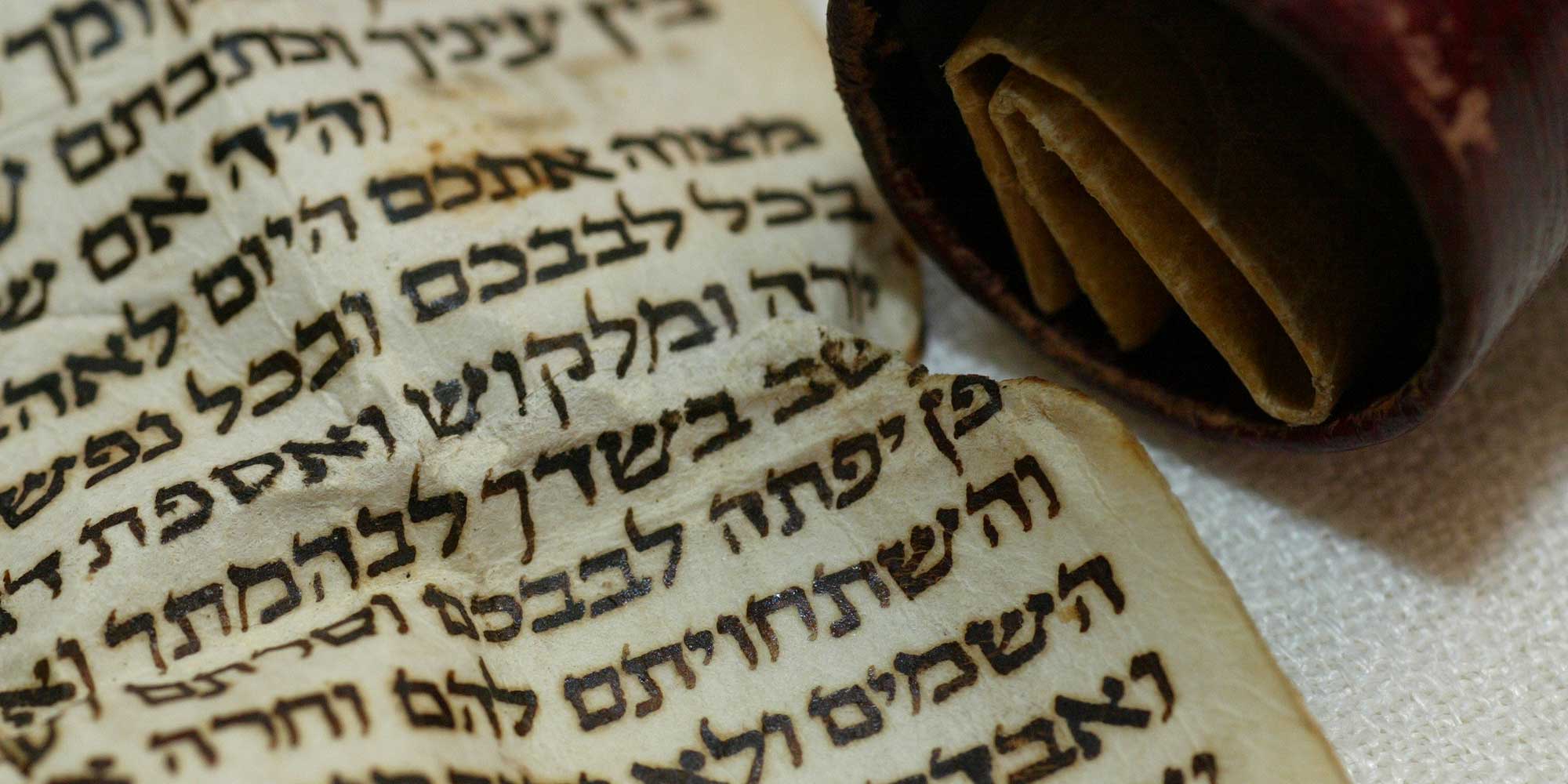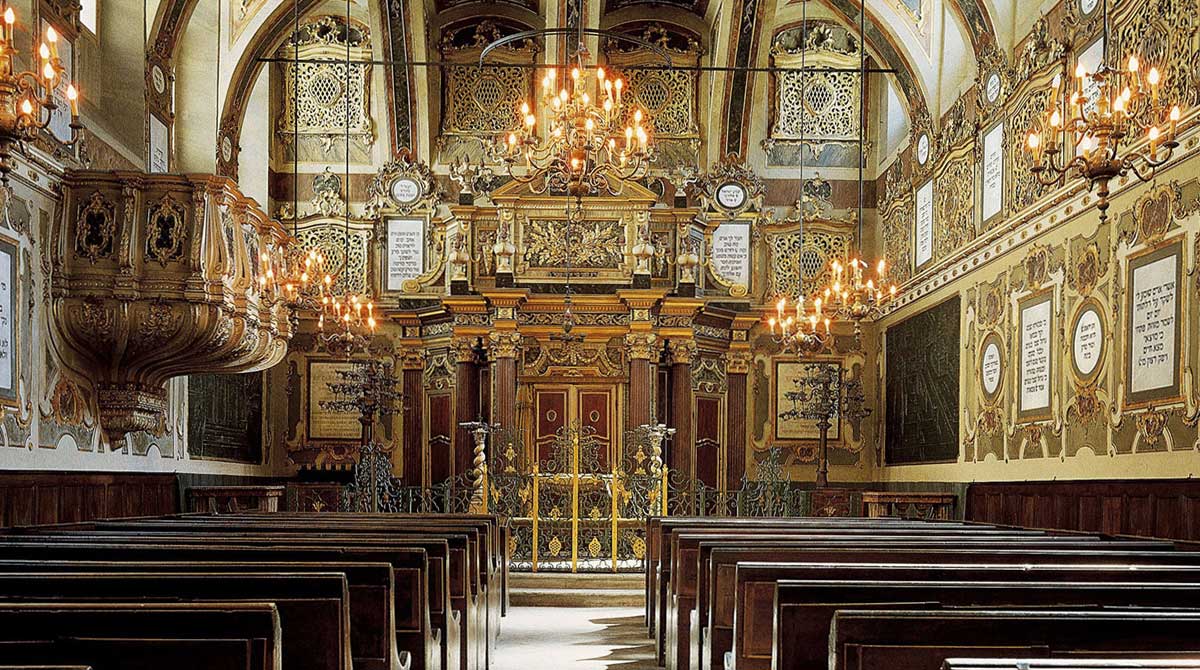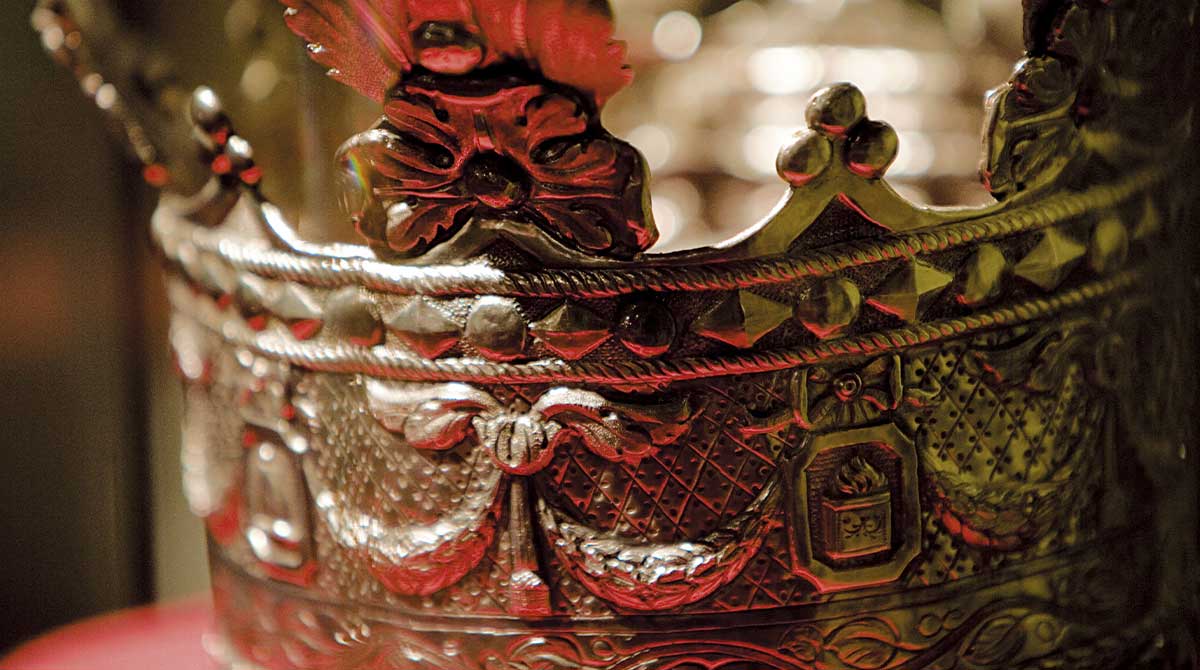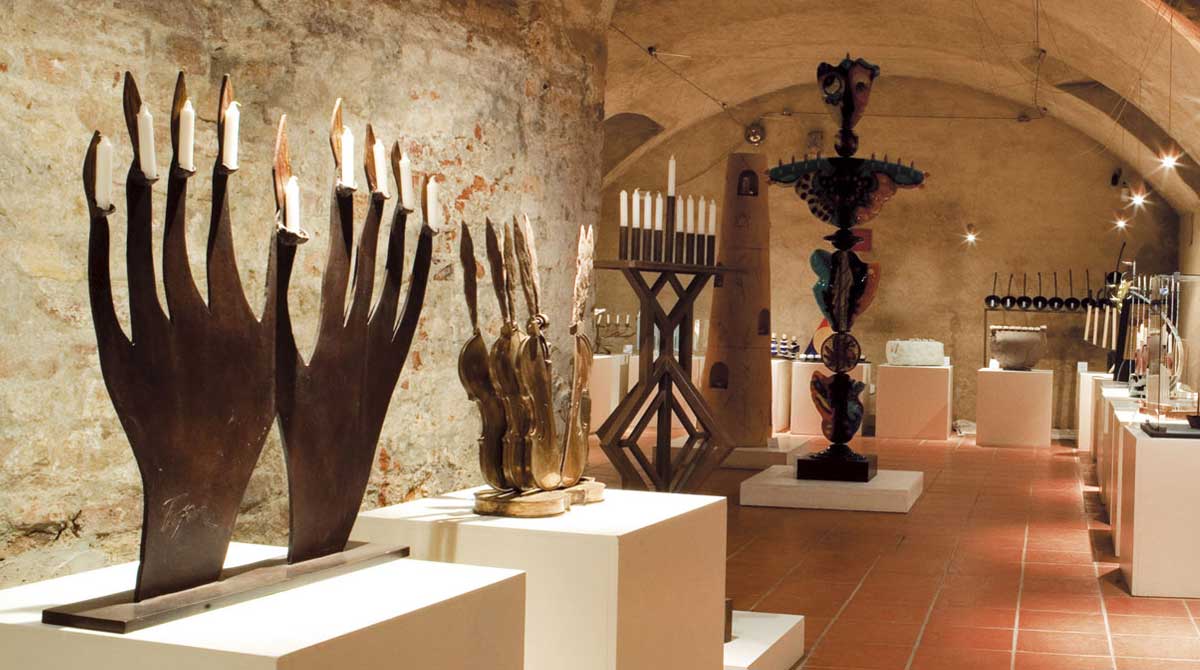Documents, memory and history
The Historical Archive of the Community of Casale Monferrato, dedicated to the memory of Livia Pavia Wollemborg, holds very useful documents. The oldest section, which covers the time span from the 16th century to 1946 and is made up of 1,679 archival units, represents, integrated with the documentation of other archives essential for the study of the Monferrato Jews, an indispensable treasure to draw on for historical-documentary research on the subject.
Together with the papers produced by the activity of the Community of Casale Monferrato, which in the past was called the Università israelitica particolare di Casale Monferrato, the archive also preserves the documentation of theUniversità israelitica generale del MonferratoMonferrato, a supra-communal body that, like theUniversità generale del Piemonte based in Turin, was in charge of managing and coordinating the communities in its territory. Also of great importance is the material produced by the numerous Jewish charitable and religious charitable works founded in the city of Casale: there are fourteen in the archive, although not all of them had, according to the papers that have come down to us, the same intensity of activity and the same duration. Nor can we forget the papers of the Jewish schools of Casale, dating from 1821 to 1925, and the aggregated fonds of the Università israelitica di Moncalvo, two of its pious works, the Università israelitica di Acqui Terme and the Sacerdote/Sacerdoti family.
An extensive work of filing, reordering and inventorying, carried out between 2010 and 2011, which led to the creation of a computer database and a paper inventory, now allows a more effective and fruitful search and is the starting point for access to the papers. Despite the breadth and relevance of the collection, the archival heritage of the Casale community is still not sufficiently well known and, although there is no lack of scholars or enthusiasts consulting the papers, the percentage of unexplored material remains preponderant.
The community also has a small collection of ketubot: marriage contracts from which genealogical information of great relevance to the community can be gleaned, but also true works of art, thanks in some cases to the drawings and decorated inscriptions that characterise them. The oldest ketubah dates back to 1784.
The book collection
The Community of Casale Monferrato keeps a collection of prayer and study books with topics as varied as education, childcare and the workings of the sabbatical year. Of particular value is a manuscript of the prayer to be recited before the grave of a Jew: the Kaddish, the blessing of the deceased.
The books were printed between 1600 and 1900, mainly in Italy and especially by the Livorno community. They belonged to an association (e.g. Talmud Torah, the Jewish religious school), to private individuals in Casale Monferrato or elsewhere in Italy (Livorno, Acqui, Turin) or Europe (France and Eastern countries).
Of particular interest are possession notes handwritten by the owners: the Talmud Torah books often contain incomplete writings or scribbles, unusual annotations, such as mathematical calculations or lists of commissions. The most interesting books often include handwritten letters or messages, such as a dedication for specific celebrations or in memory of someone.
Other places to visit






